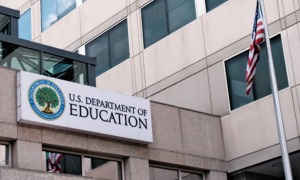Source
Summary
A comprehensive survey of kinship care policies across 50 states, Washington, D.C. and Puerto Rico, identifies increasing efforts to promote kinship care and support kinship caregivers of children and youth who are known to the child welfare system. Read the policy data and analysis from the survey, fielded in 2022 for the Annie E. Casey Foundation by Child Trends.
The survey
To help build an understanding of the full landscape of kinship policies across states and to identify needed improvements, the ACF asked Child Trends to conduct a survey of state child welfare administrators.
New insights on state kinship diversion policies
Most child welfare agencies facilitate kinship caregiving arrangements — when relatives step up to raise children when their parents can’t care for them — without moving a child into state custody and formal foster care. The intervention, known as kinship diversion, is a common practice used to keep children out of foster care and connected to a sense of stability, belonging, community and culture. It’s sometimes described as the most common out-of-home placement facilitated by caseworkers and affects an estimated 100,000 to 300,000 children.
Recently, many researchers, advocates and practitioners have argued that in some jurisdictions, agencies’ diversion practices circumvent their legal responsibility to provide for children’s safety and welfare and infringe on the parents’ due process rights without providing access to counsel for parents or any court oversight.
Findings from the Foundation’s 2022 survey shows many states that allow kinship diversion continue to lack policies that would help ensure children’s safety, protect parents’ legal rights and provide kinship caregivers with sufficient resources to care for the children entrusted to them.
The survey data also confirms that, because states define and practice kinship diversion differently and because there are no federal reporting requirements on diversion practices, the child welfare field lacks important data to explain how states’ practices can achieve the goal of protecting children, parents and families and providing the support they need to thrive.
Data tables
The data tables in the report provide a detailed look into state-by-state responses on kinship diversion policies from the 2022 survey, including comparisons of services offered by child welfare agencies for children or caregivers in licensed, unlicensed or diversion arrangements.
[Related: When grandparents raise grandkids]
[Related: Grandfamilies disproportionately at-risk for food insecurity, advocates say]
View Youth Today's Report Library






























